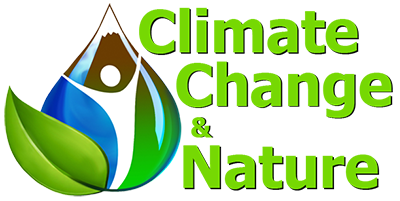What causes climate change?
Image: Olivier Mesnage
How do forcings work?
If the strength of cooling = warming, the forcings balance one another so the climate stays the same. But when several cooling forcings happen at the same time, they can push Earth into an ‘ice house’ cold state. Conversely, if several warming forcings compound one another, Earth is forced into a hot ‘greenhouse’ state.
One way to think of it is what happens when two people from opposite directions push a stool. You might both be pushing really hard, but if you’re both applying the same exact force, the stool won’t move. Humans are pushing so hard that we can see the climate tipping, overwhelming natural cooling forces (Fig. 1). But we can’t be certain when the climate will crash and break, so we just keep pushing. Once certain tipping points are reached, the geological record shows that the climate will become unstable for several thousands of years until a new stable state is reached.



